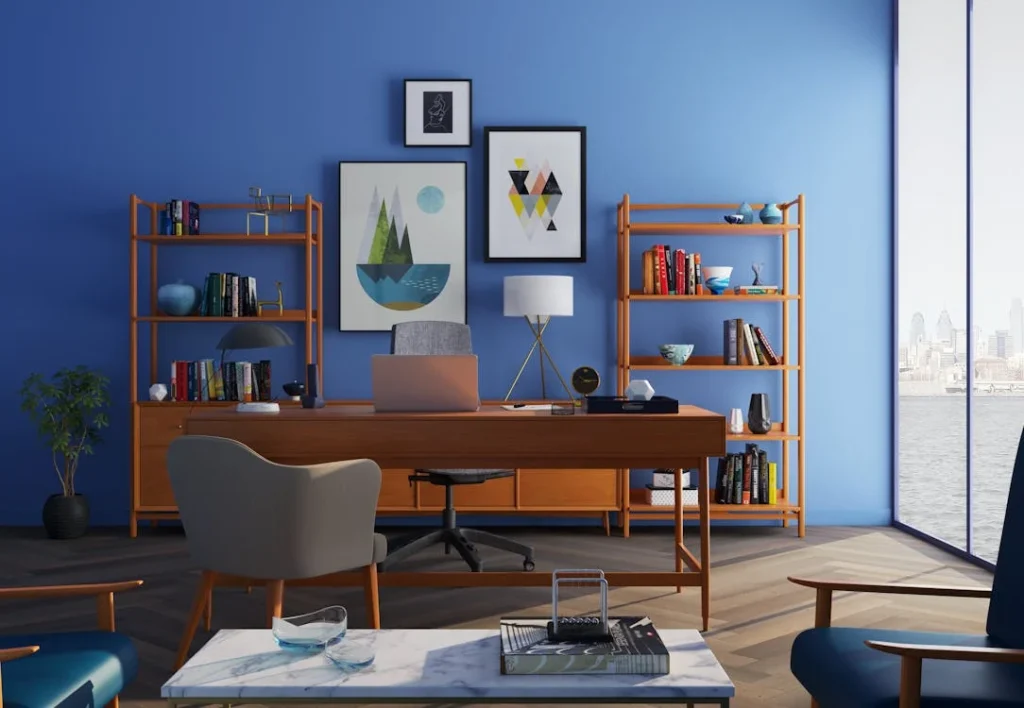The colours you choose to decorate your home with can dramatically influence its ambiance and the way the space makes you feel. Carefully selecting a colour palette may seem daunting, but it is one of the most impactful design decisions you can make. The right combinations will make your home feel inviting and reflective of your personality. Follow basic colour theory principles and consider the lighting, room size, purpose and cultural influences to create a cohesive, mood-enhancing colour scheme.
Choosing Colour Schemes
The colours you choose for your home can dramatically affect the overall look and feel of the space. When selecting a colour scheme, consider the size of the room and how much natural light it receives. Lighter, neutral colours like off-whites, beiges and pale blues tend to make spaces look larger and brighter, while bold, saturated colours have a cosying effect. Try sticking to a cohesive palette of 2-4 complementary colours for a harmonious look. Kitchens and bathrooms suit refreshing greens or tranquil blues, while living rooms may incorporate bolder reds, oranges or purples. Ensure any large pieces of furniture or artwork complement your chosen palette.
Using Accent Colours
Accent colours are a great way to add visual interest to a room. Use them sparingly on architectural details, furniture pieces or artwork to create focal points and divide up large expanses of paint or wallpaper. Bright, punchy accent colours like magenta, teal or yellow command attention, so use them judiciously unless aiming for a dramatic effect. In smaller rooms, leaning towards neutral accent colours like grey or taupe prevents the space from feeling too busy. Consider echoing your accent colours in peripherals like toss cushions, rugs and ornaments for a pulled-together look. Just be sure to stick to the 60-30-10 rule – 60% dominant colour, 30% secondary and 10% accent colours.
Colour Psychology and Mood
Colours have a demonstrated psychological impact, so choose your home palette based on the mood you want to achieve. Cool blues and greens evoke calmness and relaxation, ideal for bedrooms and spa-like bathrooms. Cheerful yellows and oranges promote happiness and energy, perfect for morning rooms or play areas. Red makes a bold, passionate statement in dining rooms or classy lounge areas. Neutral creams and greys provide an adaptable backdrop as they don’t affect mood strongly, suiting flexible spaces like open-plan living areas. Remember that darker shades boost drama and intimacy, while lighter tints feel more uplifting and airy.
The Effect of Natural Light
The type and amount of natural light entering a room should inform your colour choices. North-facing rooms with cool light suit green and blue hues, while south-facing rooms with warm light complement peaches, yellows and terracottas. Dark or minimally lit spaces can handle deeper shades without feeling gloomy. Meanwhile, brightly lit rooms gain dynamism through paler accent colours. Use sheer curtains or blinds to filter excessive light if needed. To maximise daylight, opt for light-reflecting gloss finishes or uPVC coloured windows and doors over darker matt paints or wooden finishes. In fact, there are a few different colours for UPVC windows you could look into to brighten up your home. For example, check out Armstrong Industries’ UPVC window colours.
Choosing a cohesive, well thought-out colour palette can make a huge difference in how your home looks and the mood it conveys. Consider the room size, lighting, intended purpose and cultural context when selecting colours. Stick to a simple palette then use accent colours judiciously for focal points. With some planning and experimentation, you can create a personalised colour scheme that brings out the best in your living spaces.

